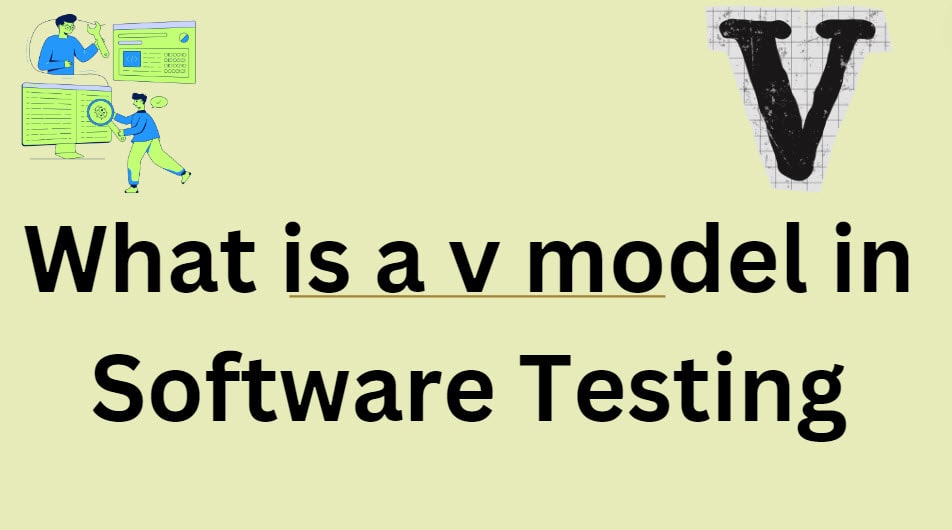The V-Model is a critical approach to software development and testing that has gained significant traction in recent years. It is an extension of the traditional waterfall model, designed to address some of its predecessor’s limitations while emphasizing the importance of testing throughout the development lifecycle.
Understanding the V-Model
At its core, the V-Model is a graphical representation of the systems development lifecycle. The ‘V’ shape it forms illustrates the relationship between each phase of development and its corresponding testing phase. This model is particularly valued for its ability to ensure that testing is not an afterthought but an integral part of the development process from the very beginning.
Structure of the V-Model
The V-Model is structured into two main phases: the Verification phase on the left side of the ‘V’ and the Validation phase on the right side. Each development stage on the left has a corresponding testing stage on the right.
The left side of the V typically includes
- Requirements Analysis
- System Design
- Architecture Design
- Module Design
The right side with
- Acceptance Testing
- System Testing
- Integration Testing
- Unit Testing
The model ensures that every development phase has a directly associated testing phase. This parallel structure helps in the early detection of defects and ensures that testing is not rushed at the end of the development cycle.
Key Principles of the V-Model
- Early Test Planning: In the V-Model, test planning begins in the requirements phase. This early focus on testing helps identify potential issues before they become costly to fix.
- Defect Prevention: The V-Model aims to prevent defects rather than just detect them by linking development activities with testing activities.
- Verification and Validation: The model emphasizes both verification (are we building the product right?) and validation (are we building the right product?).
- Sequential Execution: Each phase must be completed before moving to the next, ensuring a structured and disciplined approach.
Advantages of the V-Model
- Clear and Structured Process: The V-Model provides a clear roadmap for the project, making it easier to manage and track progress.
- Early Detection of Defects: By associating testing with each development phase, issues can be identified and addressed early in the lifecycle.
- Improved Quality Assurance: The model’s emphasis on testing throughout the development process leads to higher-quality software.
- Risk Mitigation: It helps in identifying and mitigating risks early in the development process.
- Traceability: The V-Model provides clear traceability between the development and testing phases.
When to Use the V-Model
The V-Model is particularly well-suited for projects where requirements are well-defined and unlikely to change significantly. It’s often used in medical device development, aerospace, and other industries where safety and reliability are paramount.
For projects requiring continuous delivery or frequent changes, other methodologies like Agile might be more appropriate.
You may also like following the articles below
Conclusion
The V-Model offers a structured and disciplined approach to software development and testing. By emphasizing the importance of testing throughout the development lifecycle, it helps organizations produce higher quality software with fewer defects. While it may not be suitable for all types of projects, understanding the V-Model is crucial for any software testing professional.

My name is Madhu, and I’m a certified Test Consultant with more than 16 years of hands-on experience developing and maintaining manual and Test Automation in the Software industry. I have experience with automation tools such as Selenium, Katalon Studio, etc.
